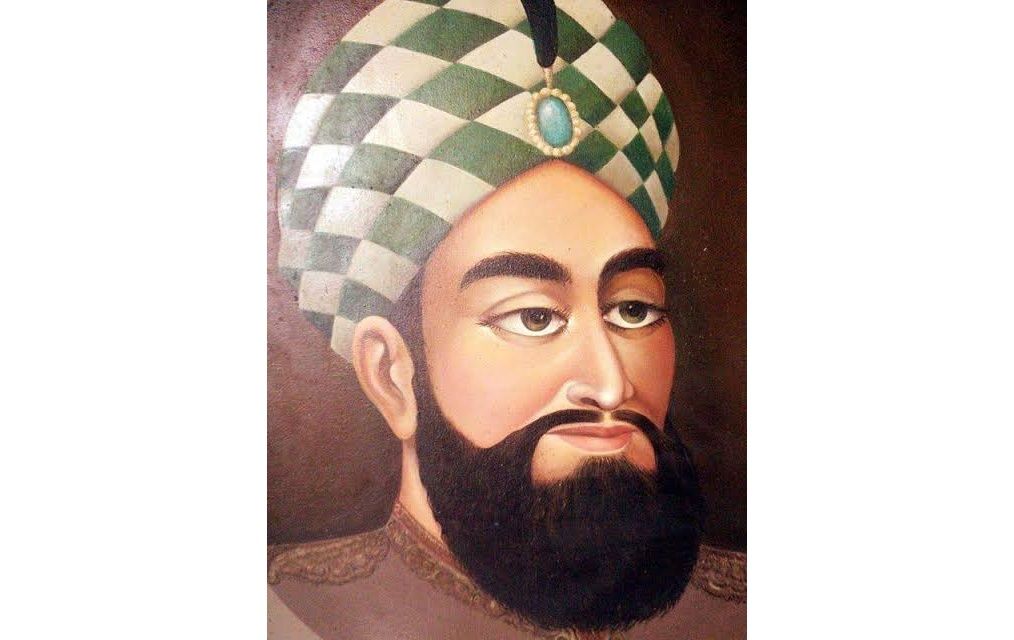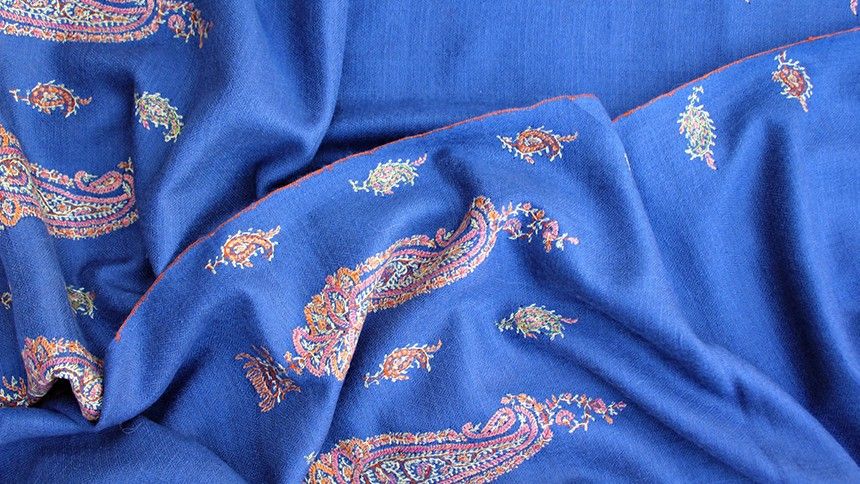Kashmir’s ‘Ruthless’ Queen Didda
BOOKMARK
Though we know so little about Kashmir’s early history, it is fascinating and many powerful characters seem to stand out from the mists of time. While most of us have heard of the great King Lalitaditya and the vast empire he built, few would have heard of Queen Didda. Often portrayed as ruthless and someone who even killed her grandsons because she wanted to hold on to power, she ruled the area around modern day Kashmir with an iron hand from 979 to 1003 CE. Who was she? What was her legacy and has history been unkind to her, because she was a strong woman?
We have the 12th century chronicler Kalhana to thank for a lot of what we do know, of early Kashmir. His chronicle of Kashmir’s early kings known as the ‘Rajatarangini’ is a rare record of the period. It is also an eye opener. In the work you will find not only the kings of Kashmir, but also some prominent queens of the kingdom. For instance Queen Amritaprabha (around 6th century) said to have been the princess of Assam who built several temples and viharas, and Queen Sugandha who ruled for two years as a regent for her son Gopalvarman between 904 CE and 906 CE. However amongst these queens, one who gets most space and much criticism, is Queen Didda.
In contrast to other queens, Kalhana portrays Didda as a ruthless, machiavellian, power hungry queen who also had loose morals. Considering that the Rajatarangini was written 145 years after Didda’s death, it is important to sift through the facts, retrace the story of Queen Didda and ask was Kalhana blinded by a patriarchal society’s underlying prejudice against assertive women, something that is evident even today!
Queen Didda was very beautiful and also lame. She had to be carried on her back by a carrier-woman.
According to Kalhana, Didda was the daughter of Simharaja, of the Lohara dynasty (1003 CE – 1320 CE) which ruled some of the hilly principalities south of Poonch in present-day Jammu and Kashmir. Described as very beautiful, Queen Didda was also lame. According to Kalhana, she had to be carried on her back by a carrier-woman.
At the age of 26, Didda was married to Kshemagupta, son of Parvagupta, an ambitious upstart who had occupied the Kashmir throne. While Kshmegupta became the ruler after the death of his father in 950 CE, he was a ...





























